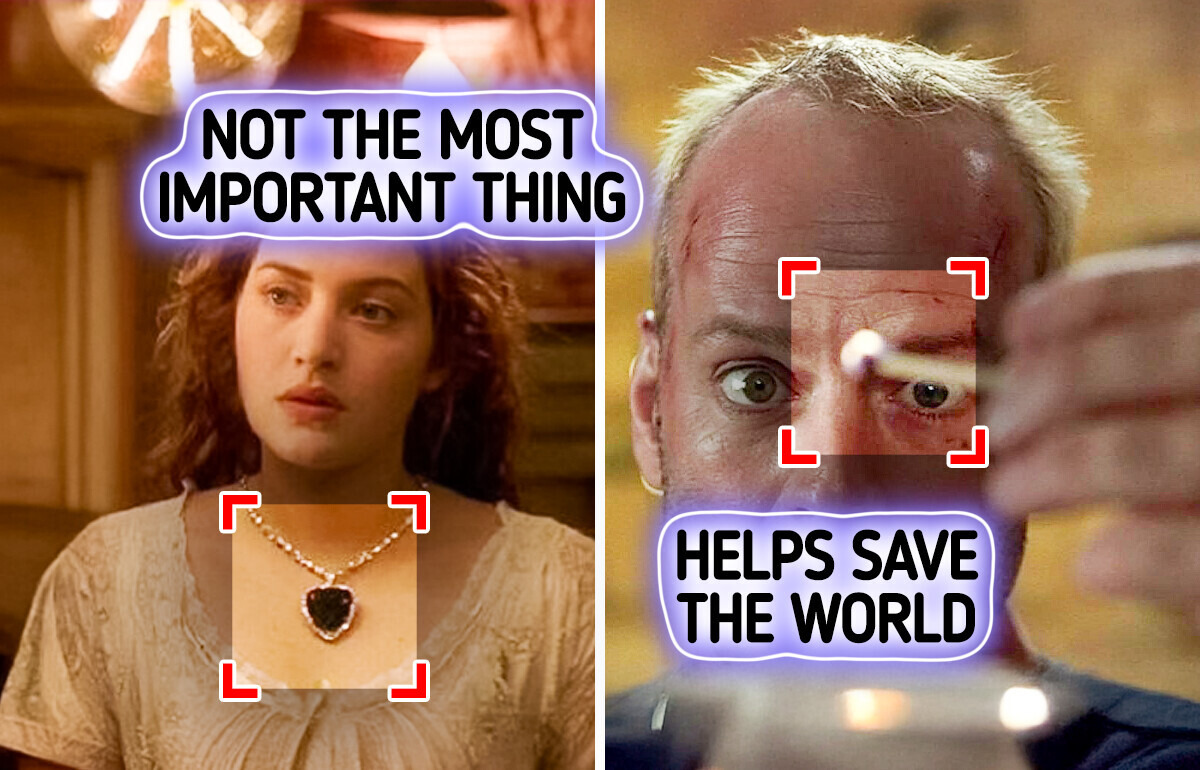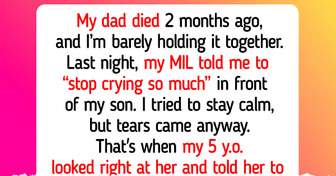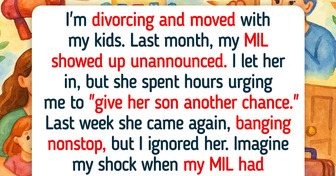I Didn’t Want My Ex’s Wife at My Daughter’s Wedding — The Result Was Catastrophic


If the ending of a movie blew your mind or the villain you predicted turned out to be the wrong one, the screenwriter intended it to be that way. In telling a story, it’s not just what is shown that matters, but how it is told. To do this, screenwriters use different narrative tools that guide the viewers in a certain direction to create shocking twists and revelations that are as exciting as they are unexpected.
A good cliffhanger will keep you on the edge of your seat at all times during a dramatic film, while a red herring will make you point the finger at the wrong person in a thriller. These are just some of the essential tools for building a narrative full of intrigue and excitement.
Movies with strong plot twists usually have a lasting impact on us. In the moment, they can cause us great surprise or deep sadness, and the best plot twists stick in our minds for a long time after we’ve seen the film. So it’s not surprising to think of them as one of the most important elements of a story.
One of the reasons we love a good twist is the emotions it evokes and the chemical processes that take place in the body. For example, when unexpected things happen, the brain releases dopamine, a chemical that amplifies pleasure and motivation. The more emotions a story arouses in you, the stronger the connection you feel with the characters.
In addition, our minds work in such a way that they always look for the predictable, meaning for patterns that repeat themselves over and over again. When a story is out of the norm, our brain searches for ways to solve the mystery, and this exercise eventually fills us with satisfaction when we get the answer to all the questions we have.
But how are screenwriters able to play with our minds? Here are some of the most popular narrative tools.
If you’ve ever seen a film created by Alfred Hitchcock, then you know more about MacGuffins than you think. Hitchcock himself defined this narrative technique: “It’s the device, the gimmick, if you will, or the papers the spies are after.” In other words, it is an object, a person, or even an idea that moves the plot forward.
The characters think that this object is the most important thing, although for the narrator, it is not really important. The characters search for this item, which is usually shown from the first act of any film. It doesn’t matter what it is, it just matters that it’s something they all want.
Some of the most famous MacGuffins are:
Imagine you are watching a thriller. All the clues point to a particular character, and you are sure that he is the one who committed the crime. But, at the end, the film reveals the real villain, and your assumption couldn’t have been further from the truth. If this has happened to you, then you’ve fallen into the red herring trap.
Although popular in the suspense and thriller genres, this narrative device can be used in a wide range of genres. It is an element, an object, or a person that exists for the purpose of misleading the viewer, distracting them so that what really matters goes unnoticed. In other words, it is a red herring that pushes the viewer to the wrong conclusion so that the true revelation makes a greater impact.
Here are some examples of red herrings in movies:
Few things generate a sense of urgency like knowing that time is running out to perform a certain action. Time can be a great narrative tool to create suspense, intrigue, and excitement, and that is what the ticking clock is all about. It acts as a catalyst that propels the characters into action while keeping the audience on the edge of their seat.
Having a countdown in the mind heightens tensions, the stakes seem even higher, and the drama, when done well, makes a greater emotional impact on viewers. In some cases, this element is not even an actual clock, but an event that we know is getting closer and closer, even if the characters are unaware of it.
Examples of the ticking clock include:
Sometimes, when we find ourselves in a critical moment, we would like someone to come down from heaven to help us, but that kind of thing only happens in the movies. This is what is known as deus ex machina, a narrative device in which, in the midst of a desperate situation, the protagonists are saved by the intervention of an external force that often has not even been mentioned beforehand. The characters do not have to confront the problem, which is why many see this tool as an easy way to resolve the conflict.
Some films with last-minute saviors are:
In Medias Res is a term that comes from Latin and literally translates as “in the middle of things”. It involves starting a story at a critical, action-packed or suspenseful moment, and it is a storytelling tool that authors throughout history have employed to grab the attention of their audiences from the very beginning. It is generally used in non-linear storytelling, which helps to create a more dynamic pace and challenges viewers to solve the chronological puzzle.
These films are examples of an In Medias Res beginning :
Some stories are too long to tell in two hours, the average length of a film, so it is better to split them into parts. But how do you make sure the audience comes back for the second or third part of your saga? With a good cliffhanger.
Simply put, they are a narrative device in which the story ends abruptly at a moment of high tension or uncertainty, or with a shocking and unexpected revelation. It’s a promise that something bigger is to come, but you have to be patient if you want to find out what it will be.
Some cliffhangers that left us on the edge of our seats:
Also known as Chekhov’s gun, this narrative tool is, in essence, the opposite of a red herring. It is named after the words written by the playwright Anton Chekhov: “One must never place a loaded rifle on the stage if it isn’t going to go off.” This is because, in one of his plays, the main character carries a gun that he only uses in the last scene.
In other words, the plot voucher is about introducing an element at the beginning of the story that will only become relevant toward the end of the story to create anticipation in the audience.
Examples of Chekhov’s guns are:
Now that you know these narrative tools, you may feel more prepared to avoid falling into red herring traps the next time you watch a movie. However, when these techniques are used with skill and subtlety, even knowing them can’t save us from getting caught up in the intensity of the moment and getting a big surprise with unexpected twists. What are your favorite cliffhangers? Which deus ex machina do you think was too good to be believed?











